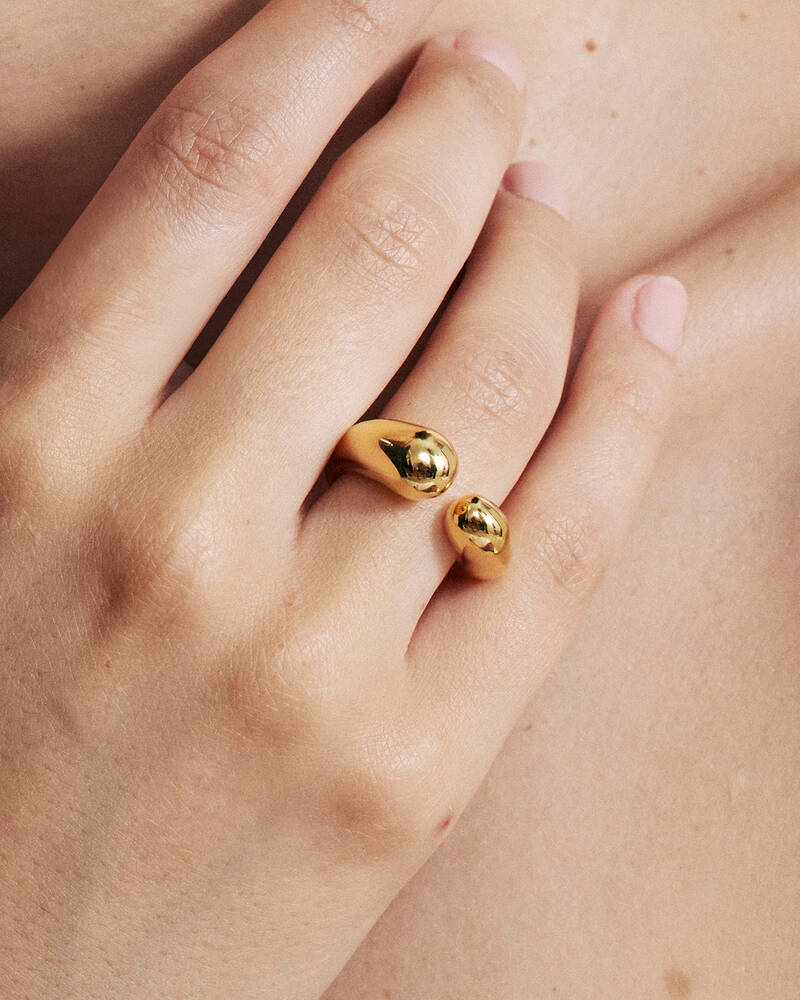
Every city has its unique images. We recognize or remember cities through their images. Of course a city doesn’t have just one image, but many of them depending on the person or the context.
One day, I was walking around the Kulturforum and I was trying to shoot a nice picture of The Neue National Gallery of Mies van der Rohe. After some trials, I realized that there was an impressive picture which comprises of a very interesting overlap of layers. Each layer, therefore each element that you see in the picture represents a period or a characteristic of the city. It goes like this: The Saint Matthaus Church as the old city, The New National Gallery as the modern city, the sculpture as the face of the culture/art. We can say that this is a reflection of how Mies exists in Berlin.
One of the architects of the century who formulates the new upcoming architectural language.
Mies' early career starts in Germany. When he became the director of the Bauhaus School after Gropius, he also became one of the architects of the century who formulated the new architectural language.
The New National Gallery is the master piece of Mies in Berlin. Mies van der Rohe died shortly after the building’s inauguration. Today, The New National Gallery still stands as an icon of modernism.

The unique Hope Open Ring blends renewed energy, fluidity, and freedom with the essence of optimism, sophistication, and equilibrium. This minimalist version of the iconic planeteeshop Hope shape, an abstract horseshoe symbol of good fortune, represents endless possibilities and serves as a daily reminder to embrace change, seek new beginnings, and cultivate a mindset of positive transformation.
Whether worn solo or elegantly stacked with more Hope Open Rings, this piece celebrates the importance of embracing change and embodies the idea of natural order and balance.






